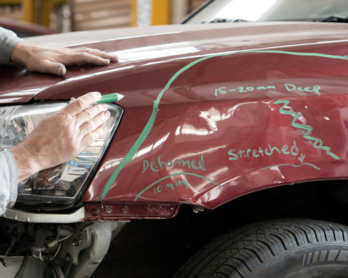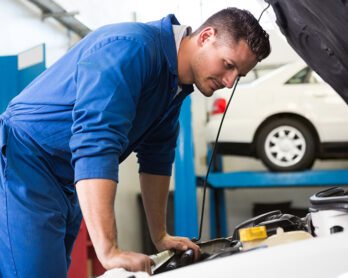Towing 101: Everything You Need to Know About Installing a Tow Bar

Towbar Installation Dandenong is a crucial accessory that you need to have before setting off on your caravanning adventures. The ability to haul another vehicle behind your car will make life easier for you as you can easily tow around items that are too heavy for a single person or vehicle alone. This is also important for emergency situations where vehicles may become stuck in mud or snow. If you’re looking at ways to install a towbar, here’s all the information you need:
What do I need to know before getting a towbar installed?
- Check the vehicle’s towing capacity: Towbars can be heavy, so it’s important to check the maximum towing weight of your car before deciding on a towbar. The manufacturer or brand of your vehicle will have this information.
- Check your vehicle’s maximum towing weight: You should also assess how much weight you want to carry with your car when it’s pulled behind another vehicle. The same company that supplies you with the maximum tow capacity will also tell you what kind of load is safe for your particular vehicle model.
- Check your vehicle’s towing limit: It may seem obvious, but make sure that any extra accessories installed after purchasing a new car are compatible with its factory-installed accessories and towbar installation parts like winches or heavy-duty harnesses (if applicable).
The types of towbars
You will also be able to find towbars in a variety of configurations. These include hitch towbars and hitchless towbars. A hitch is an attachment point on your car or motorhome where the bar will connect. Hitchless towbars are often referred to as ‘direct’ or ‘indirect’ depending on whether they attach to the vehicle via its chassis or not.
There are also extension kits available for many cars and motorhomes if you need extra space for your car’s rear end when driving it behind another vehicle. Towbar accessories include adapters for vehicles with non-standard towbar brackets and wiring harnesses.
Which towbar do I need?
You may be wondering, what size towbar do I need?
If you have a small car, your towbar will probably be 7 inches. If you have a medium-sized car like an Audi A3, then your towbar is likely to measure 8 inches in diameter. Larger cars like BMWs or Mercedes Benzs could be anything between 9 and 11 inches in diameter.
In addition to the different diameters of towbars available on the market today, there are also different types:
- Conventional: used with standard-issue ball mounts and brackets; this type of setup is the most common type used by motorists today
- Integrated: designed to work seamlessly with specific car models that have been pre-equipped with mounting points for this style of hitch; these hitches usually require professional installation as they can get complicated if not installed properly.
Can I fit my towbar?
Before you can fit your towbar, you need to know whether or not it will even fit your vehicle. This is because towbars are designed for specific vehicles, and the size of the vehicle determines whether it can be fitted with a towbar.
If your car is a large van or SUV, then chances are that most makes and models will be able to accommodate a trailer hitch. However, if you’re driving something more compact like an economy car or hatchback model, then there’s always going to be an issue fitting it with one of these.
Most car manufacturers publish detailed information about what accessories are compatible with each of their models—including towbars and trailer hitches—so always check this before buying anything new!
Conclusion
That’s all you need to know about towbars. Contact experts today if you have any questions or want more information, contact us today! With this article, we strive to help you choose the right Towbar Installation Dandenong for your car!






